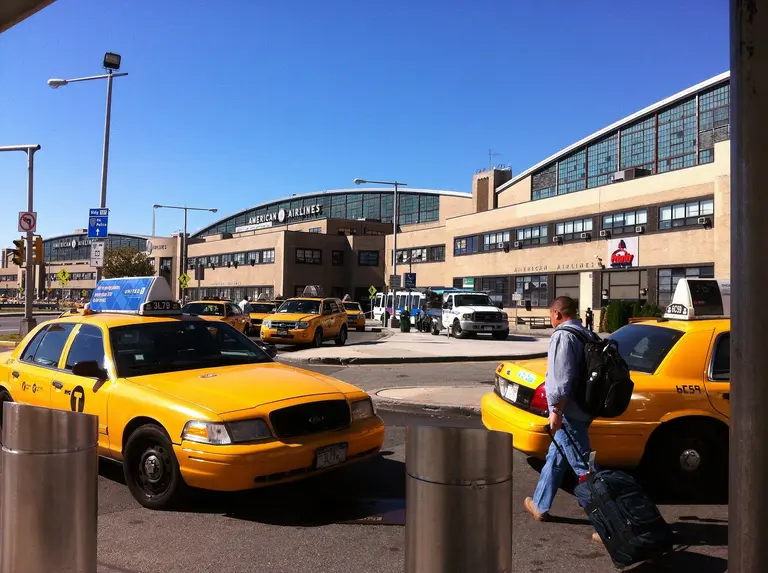How Citi Bike stacks up against other U.S. bike shares
Find out more fascinating bike share facts

Image by Grant Wickens via flick CC
Environmentally friendly technology is becoming more popular among developers, because of global warming. That is the case of Mexican entrepreneur Alberto González who recently came up with a startup dubbed Greencode. He created the so-called Urban GC1, the world’s first bike made of recycled paper. According to the developer, this bicycle is cheaper than average […]
After the Transport Workers Union and the MTA failed to reach a deal on Sunday night, the contracts for 44,000 subway and bus workers expired. But a tentative agreement was reached yesterday for a 28-month contract that stipulates a 2.5 wage increase over the first 26 months with a $500 bonus in the last two, […]
After the Transport Workers Union and the MTA failed to reach a deal last night, the contracts expired for 44,000 subway and bus workers who are demanding a higher pay raise than the two percent rate of inflation that the MTA is offering. In a statement, TWU Local 100 president John Samuelson said, “Our position will not […]